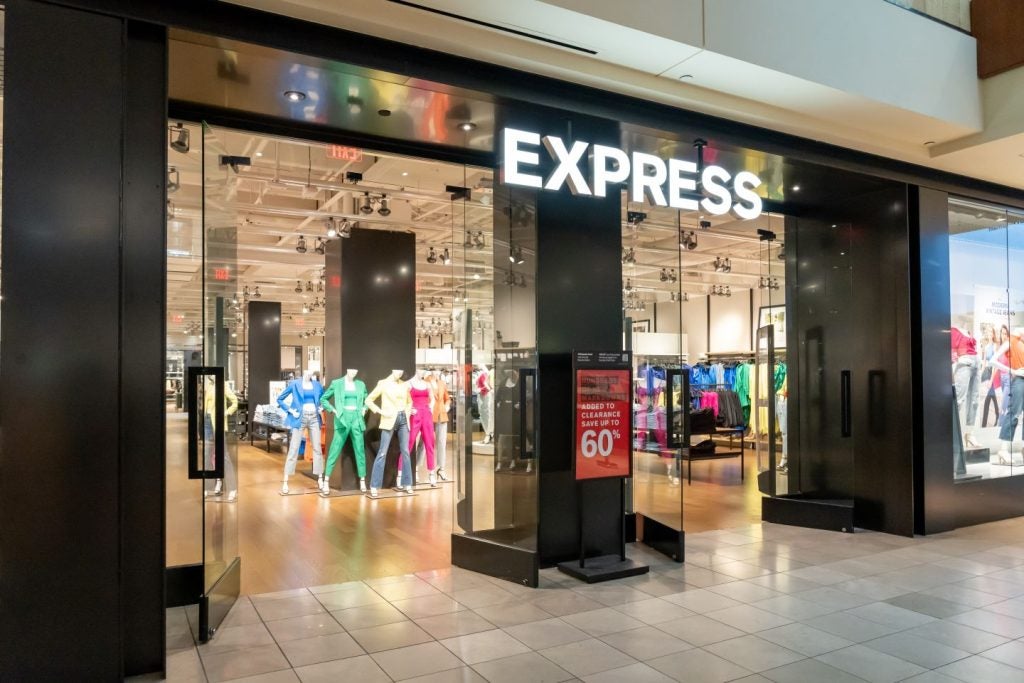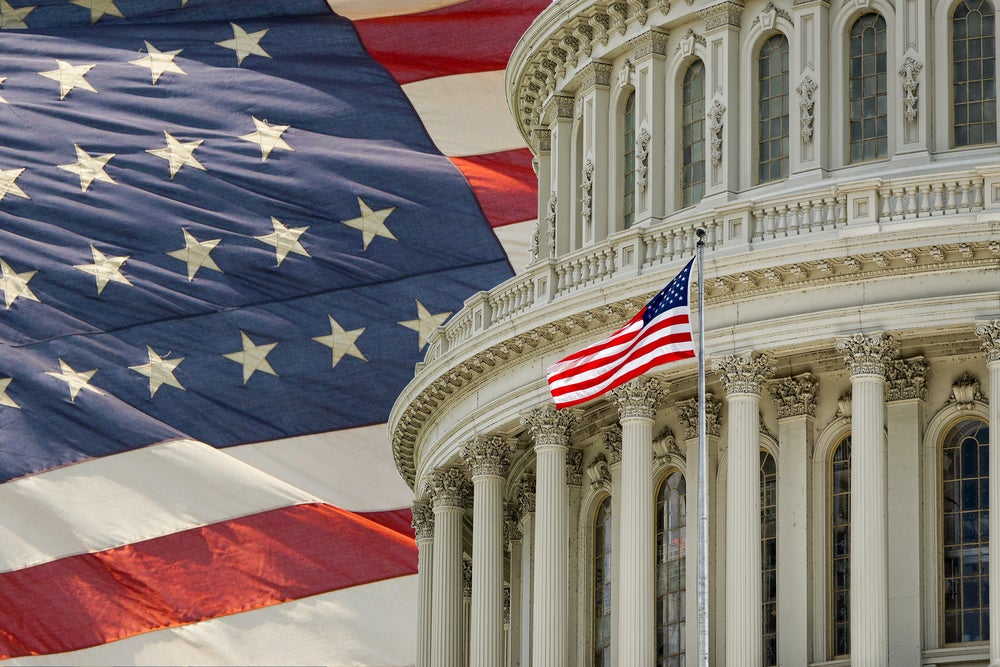Traditionally an early barometer of the key back-to-school selling season, teen retailers are being watched closely for first signs of what the market can expect as this all-important period looms into view.
The news so far is not encouraging – although research also suggests the season shouldn’t be written off yet since shoppers are simply leaving their purchases until the last minute.
Teen apparel sales were once seen as “recession-proof” because these shoppers were less likely to be affected by the housing downturn, credit crunch, job uncertainty and rising food and fuel costs. But now, high teen unemployment high and less money available from parents who are concerned about their own jobs and economic worries are combining to keep a lid on spending.
Indeed, whereas US retail growth in general seems to be levelling off as economic and unemployment worries continue to weigh on consumer confidence, sales at teen retailers were among the most tepid of all in July.
Aeropostale and American Eagle Outfitters both cut the top end of their forecasts, while same-store sales tumbled 9.3% at Buckle, were down 9% at Hot Topic, and dropped off 4% at Wet Seal. That said, two other teen apparel chains – Zumiez and Abercrombie & Fitch – saw much stronger-than-expected sales.
See Also:
Falling prices
“Teen retailers are not out of the woods yet,” said analysts at Brean Murray Carret & Co when they carried out their monthly pricing study in July. “Prices are dropping and there appears to be no lower bound.”
How well do you really know your competitors?
Access the most comprehensive Company Profiles on the market, powered by GlobalData. Save hours of research. Gain competitive edge.

Thank you!
Your download email will arrive shortly
Not ready to buy yet? Download a free sample
We are confident about the unique quality of our Company Profiles. However, we want you to make the most beneficial decision for your business, so we offer a free sample that you can download by submitting the below form
By GlobalDataIndeed, their research showed the average unit retail price at Abercrombie & Fitch tumbled 18% to $40.50 – a fall of 43% from its peak of $70.73 back in November 2009. And across the ten teen retailers surveyed, prices were down 4.4% on June to $25.21, and were 24% lower than last November’s high of $33.14.
Admittedly their survey was carried out as retailers were trying to clear summer wear inventories and make room for the back-to-school season, but tumbling prices seem to be part of a longer-term trend.
This is partly due to the fact that teen clothiers are thought to have more stock to shift than other retailers after placing optimistic orders earlier in the year when the economy looked stronger – in turn forcing them to slash prices to free up space for autumn lines.
Many retailers have also resorted to other strategies to try to jumpstart the season – a measure not only of how tough it is out there, but also of their fears that they need to grab shoppers ahead of the August/September rush. American Eagle Outfitters, for example, was offering the gimmick of a free smartphone to shoppers just for trying on a pair of jeans at its stores.
Stiff competition
With the start of school still weeks away there are fears that it is going to be characterised by bargain hunting and stiff competition for back-to-school dollars.
Parents and teens appear to be postponing their back-to-school buying in the hope of steeper price cuts hit later in the summer, agrees Marshal Cohen, chief industry analyst, at The NPD Group.
“More and more consumers keep telling us that they are putting off their shopping later and later each year,” he says. “I would say that this is change in the timing of consumption, more people ‘buying now and wearing now,’ is part of the lingering impact of the recession.
“The days of buying merchandise well before school starts are gone now. Kids would rather wait to see what the ‘cool’ brands and styles are before rushing out early in the summer to shop and parents would rather put off spending until their kids will actually wear what they buy.”
Optimistically, back-to-school research by NPD also suggests shoppers plan to spend more money and shop in more stores this year – although they will still be continuing their quest to find value.
“We are certainly seeing signs that consumers are willing to open their purse strings,” said Cohen. “The fact that more consumers say they plan to spend less, coupled with the fact that they say they plan to shop in more stores…those two things point to better results this season.”
Fighting for their clothing and footwear dollars though will be electronic items like personal computers, laptops, PDAs, printers, cell phones, MP3 players and digital cameras.
Teen chains also face an onslaught from department store retailers like JCPenney and Macy’s, as well as fast-fashion chains like Forever 21 and H&M. Macy’s has just launched its new Material Girl fashion line, created by pop star Madonna and her daughter Lourdes; while JC Penney has come out with a girls’ line called Supergirl by Nastia, which teams Olympic nedallist Nastia Liukin and comic book heroine Supergirl.
“This year it is all about freedom on a budget,” said Cohen, “The kids are more likely to have the freedom to say which stores they will shop in, but their parents will still keep them on a budget.”
Don’t write off the season
Research carried out for the National Retail Federation also suggests it’s too early yet to write off this year’s back-to-school season – although it does note that while spending on school items is expected to increase this year, college-specific items will remain similar to last year.
That said, total spending on back to college merchandise is expected to reach $33.8bn – confirming this as the second biggest consumer spending event for retailers behind the winter holidays.
“This year, parents will make sure to shop smart, stocking up on necessities like gift cards, apparel and personal care items for their everyday needs,” said NRF president and CEO Matt Shay.
Trends to make the most of their budgets include buying more store brand or generic products, and shopping at discount and department stores, NRF research has found.
So, while back-to-school spending is likely to get off to a slow start, shoppers will still need to replenish their supplies. As NPD’s Cohen says: “Don’t mark the back-to-school shopping season absent this year.”
It’s what happens next in the run-up to the all-important holiday period that’s the big the concern.







